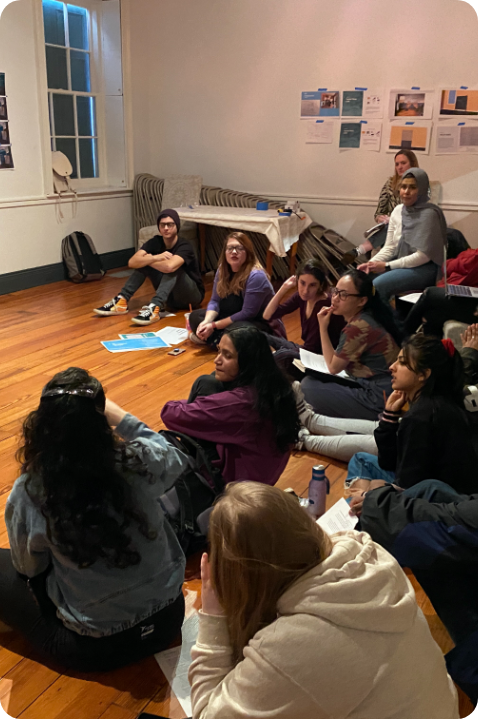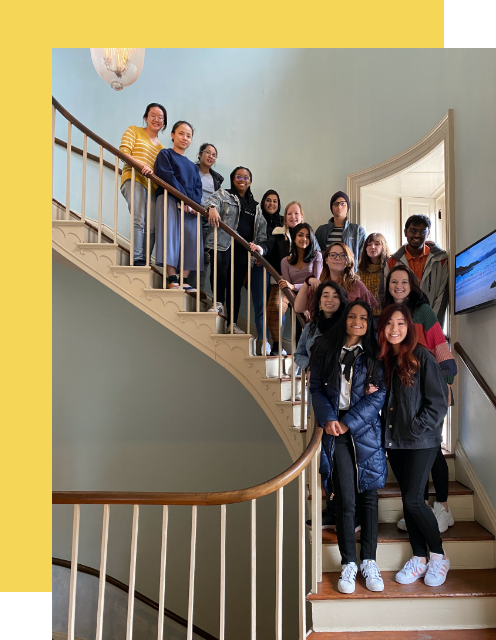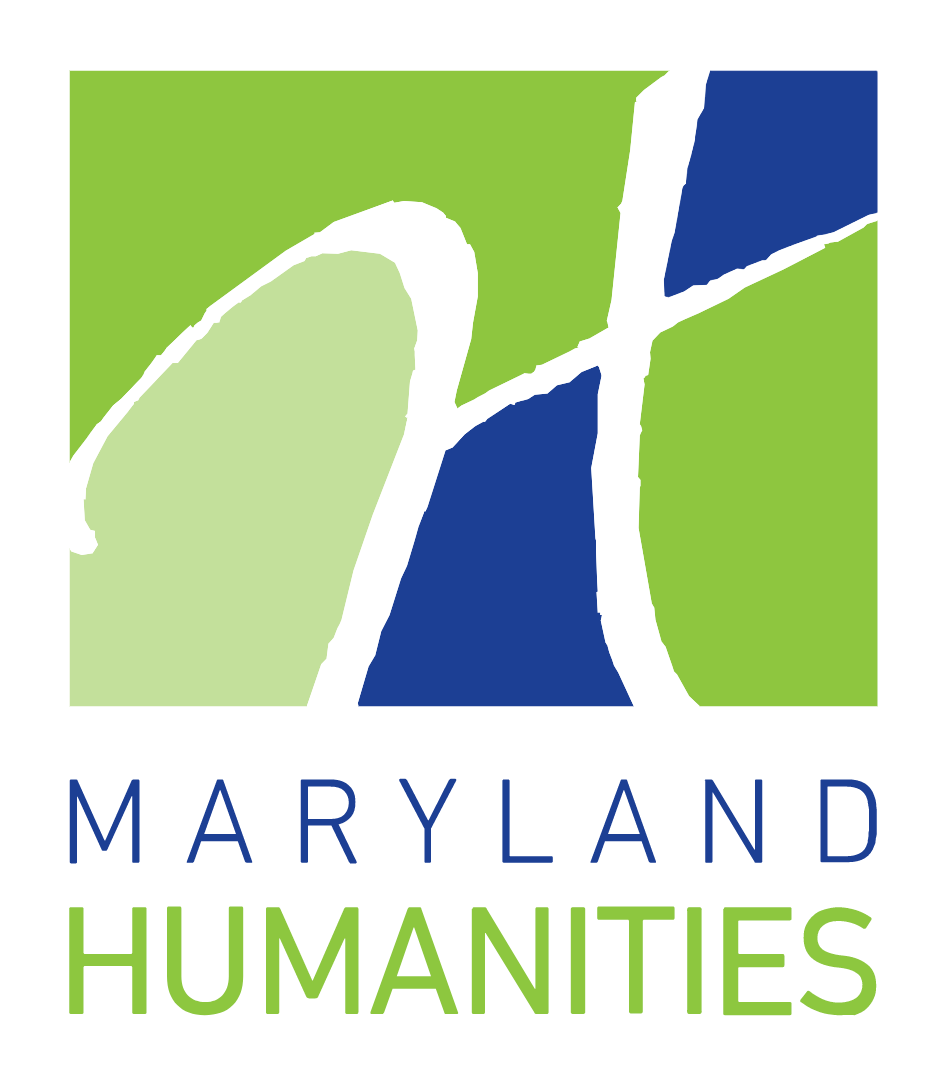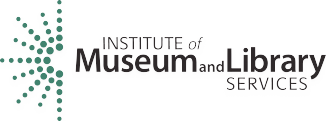An exhibit redefined by a pandemic

By Audra Buck-Coleman
University of Maryland, College Park Associate Professor and Redefine/ABLE Project Director
Redefine/ABLE: Challenging Inaccessibility began with the goals of sharing the challenges, successes and stories of Maryland’s disabled communities; interrogating the idea of “normal” within historical, cultural and ethical contexts and creating a model for the ways exhibits and other information delivery can be more accessible. During the 2019-2020 academic year, the 2020 University of Maryland, College Park graphic design cohort conducted research and worked with disabled stakeholders to create the exhibit.
We intended this project to manifest as an exhibit in two different physical spaces—the Carroll Mansion in Baltimore and the Herman Maril Gallery on the University of Maryland, College Park campus—and on an online space. It has now become an online social media exhibit only due to Covid-19. The pandemic has altered our installation plans and heightened the pertinence of the project’s mission.
Generally graphic designers strive to create messages for a broad audience. However, too often this leads to thinking about and designing for majorities rather than minorities. “Ableism” is a term used to describe the discrimination against those with disabilities and is stimulated by society’s stereotypes and pejorative views of those who look or act differently. “Universal design” is an approach to creating systems, spaces and objects that meet the needs of all people. We focused on how design might foster participation, equity and more inclusive spaces, whether physical, digital or social. We wanted to thwart ableism through universal design.
Our Thanks
This project, a collaboration between The Peale and the University of Maryland, College Park, was made possible in part by a grant from Maryland Humanities, through support from the National Endowment for the Humanities, the Maryland Historic Trust in the Maryland Department of Planning, and the Maryland Department of Labor. This project was also made possible in part by the Institute of Museum and Library Services grant.
This project also received financial support from the U.K. Research and Innovation’s Arts and Humanities Research Council and the UMD Friedgen Family Design Fund.
Any views, findings, conclusions, or recommendations expressed in this exhibition do not necessarily represent those of the National Endowment for the Humanities, Maryland Humanities, Maryland Historic Trust, Maryland Department of Planning, the Maryland Department of Labor, or the Institute of Museum and Library Services
U.K. Project Partners
THE UNIVERSITY OF BRIGHTON
THE ROYAL PAVILION AND MUSEUMS BRIGHTON
THE DE LA WARR PAVILION

Our Team
| Dr. Audra Buck-Coleman Project Director |
Maiu Romano-Verthelyi Creative Director |
Haley McClelland Co-Creative Director |
| Jordan Smith Co-Creative Director |
Aleah McWilliams Designer |
Anh Nguyen Designer |
| Diana Wikner Designer |
Disha Shetty Designer |
Elizabeth Pham Designer |
| Emma Weisbaum Designer |
Grant Neave Designer |
Lily Huang Designer |
| Jacqueline Kim Designer |
Julia Peigh Designer |
Maryam Zehra Designer |
| Richa Mishra Designer |
Sanjayan Vijayaverl Designer |
Dr. Cheryl Fogle-Hatch Collaborator |
| Robin Marquis Collaborator |
Ruth Lozner Collaborator |
Mollie Greenberg Collaborator |





